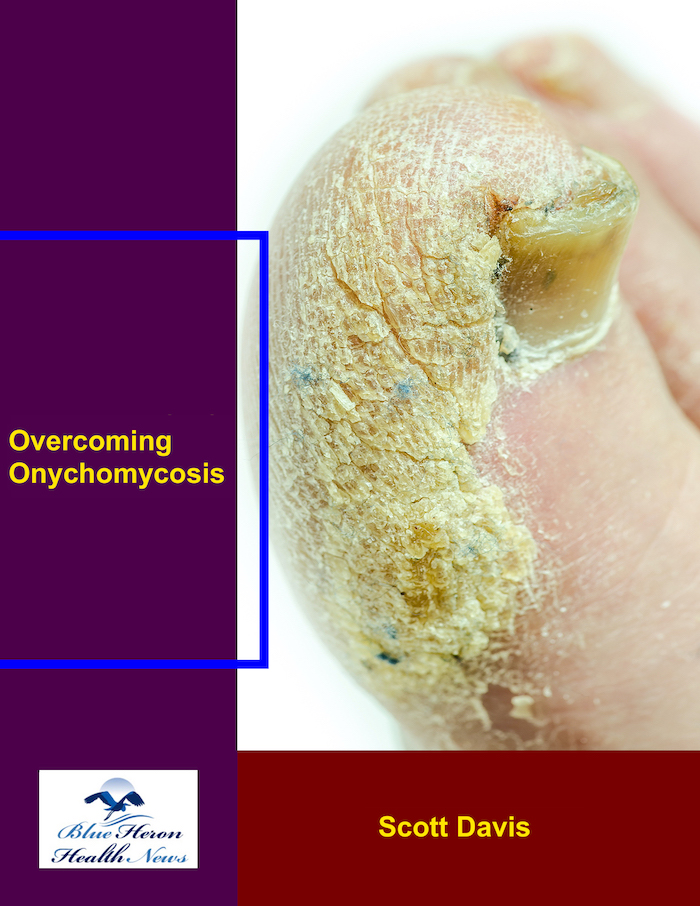
Overcoming Onychomycosis™ By Scott Davis If you want a natural and proven solution for onychomycosis, you should not look beyond Overcoming Onychomycosis. It is easy to follow and safe as well. You will not have to take drugs and chemicals. Yes, you will have to choose healthy foods to treat your nail fungus. You can notice the difference within a few days. Gradually, your nails will look and feel different. Also, you will not experience the same condition again!
What causes onychomycosis?
Onychomycosis is primarily caused by fungal infections that invade the nail, leading to thickened, discolored, and often brittle nails. The most common causes include:
1. Dermatophytes
- Dermatophytes: These are the most common fungi responsible for onychomycosis. Dermatophytes are a group of fungi that require keratin (a protein found in nails, hair, and skin) for growth. The most prevalent dermatophyte causing onychomycosis is Trichophyton rubrum. This fungus typically affects the toenails, thriving in warm, moist environments like shoes, socks, and public areas such as swimming pools and locker rooms.
2. Non-Dermatophyte Molds
- Non-Dermatophyte Molds: These fungi can also cause onychomycosis, especially in nails that have been previously damaged or exposed to moisture. Examples include Scopulariopsis brevicaulis and Fusarium species. These molds are more likely to cause infection in fingernails, particularly in individuals who frequently immerse their hands in water.
3. Yeasts
- Candida Species: Yeasts, particularly Candida albicans, can cause onychomycosis, especially in people with compromised immune systems or those with chronic exposure to moisture. Candidal onychomycosis is more common in fingernails and can be associated with chronic paronychia (inflammation of the nail fold).
4. Risk Factors and Contributing Factors
- Moisture and Warmth: Fungi thrive in warm, damp environments. Wearing tight or non-breathable shoes, not drying feet thoroughly, or frequenting public pools and locker rooms can increase the risk of developing onychomycosis.
- Nail Trauma: Damage to the nail or the surrounding skin can create openings for fungi to enter and establish an infection.
- Age: Older adults are more prone to onychomycosis due to slower nail growth, reduced circulation, and increased exposure to fungi over time.
- Underlying Health Conditions: Conditions like diabetes, peripheral artery disease, and a weakened immune system can increase the likelihood of developing onychomycosis.
- Genetics: Some people may have a genetic predisposition that makes them more susceptible to fungal infections, including onychomycosis.
Sources:
- Mayo Clinic: Provides detailed information on the causes of nail fungus, including common types of fungi responsible for onychomycosis (Mayo Clinic – Onychomycosis).
- Cleveland Clinic: Discusses the various fungi that cause onychomycosis and the risk factors that contribute to its development (Cleveland Clinic – Onychomycosis).
- American Academy of Dermatology (AAD): Explains the causes of onychomycosis and the factors that increase the risk of developing the condition (AAD – Nail Fungus).
Understanding the causes and risk factors of onychomycosis is important for both prevention and treatment, as addressing the underlying causes can help prevent recurrence and improve treatment outcomes.
Overcoming Onychomycosis™ By Scott Davis If you want a natural and proven solution for onychomycosis, you should not look beyond Overcoming Onychomycosis. It is easy to follow and safe as well. You will not have to take drugs and chemicals. Yes, you will have to choose healthy foods to treat your nail fungus. You can notice the difference within a few days. Gradually, your nails will look and feel different. Also, you will not experience the same condition again!